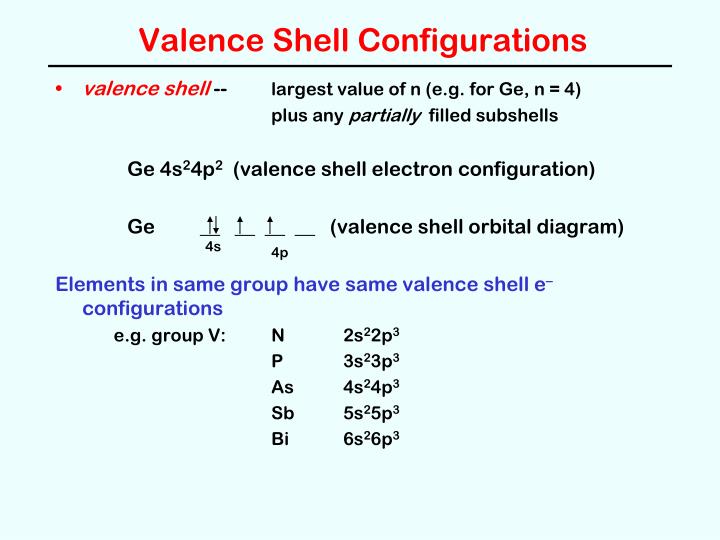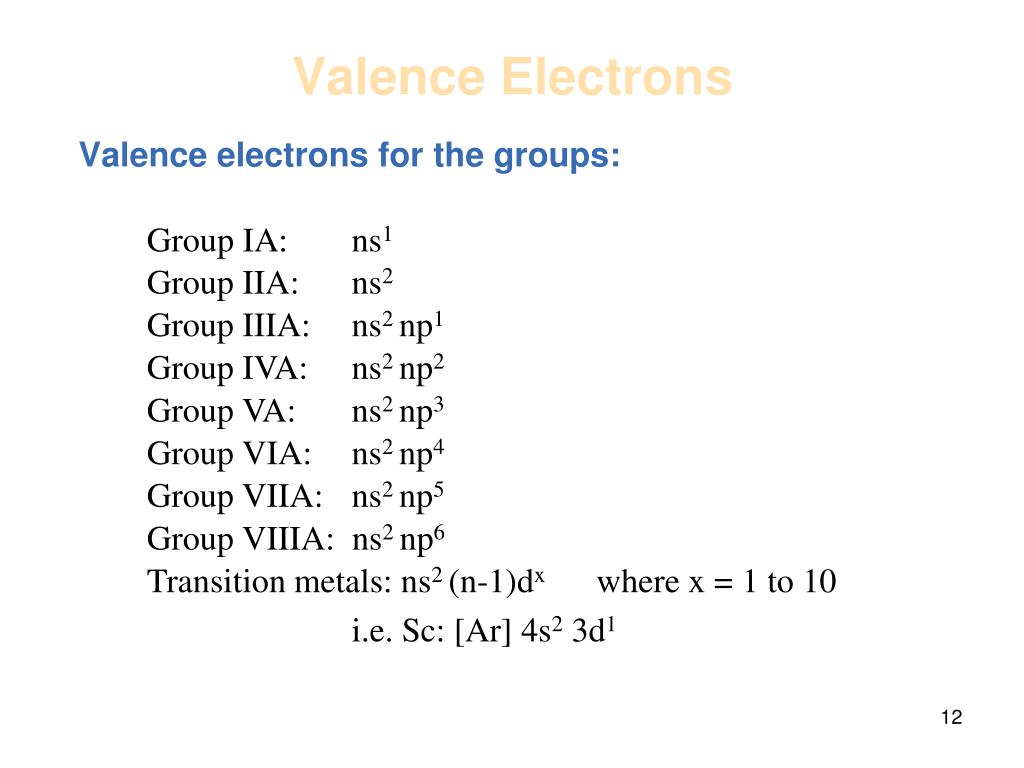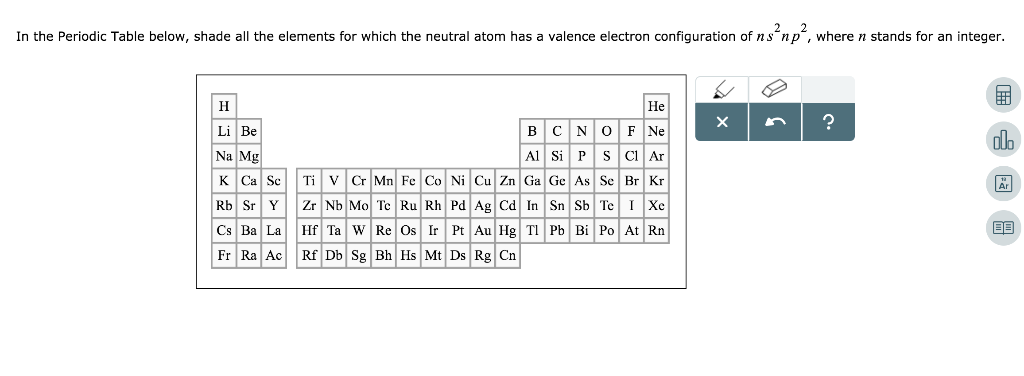

Melting point : melting point of Antimony is 630 0Cġ21Sb: Atomic weight of this isotope is 120.9 Amu īoiling point : boiling point of Antimony is 1587 0C Nature : Antimony present in nature at solid form. Position : it is place in periodic table at 5 th row (period) and 15 th column ( group) In Antimony 51 proton and 71 neutrons is present in antimony In Antimony 51 proton and 51 neutron is presentĪtomic weight/ mass: atomic weight of Antimony is 121.7 Amu The name is originated from Greek word ‘ Anti – monos‘Ītomic symbol: Antimony is denoted by symbol SbĪtomic number : Atomic number of Antimony is 51 it is toxic in nature.ĭiscovery : Antimony is present on earth from Ancient times. It show lustrous, shiny, hard, and brittle properties. Geochemistry Prentice-Hall, Inc.: Englewood Cliffs, NJ, 1979, pp 15-16.Define : Antimony is metalloid which is place in between Arsenic and Bismuth. CRC Handbook of Chemistry and Physics, 83rd ed. McGraw-Hill Higher Education: Boston, MA, 2006, p 965. Chemistry: The Molecular Nature of Matter and Change, 4th ed. Freeman and Company: New York, NY, 2013 p F94. Metals & Metalloids Infobase Publishing: New York, NY, 2011 pg. (15) - Halka, Monica and Nordstrom, Brian. (14) - Halka, Monica and Nordstrom, Brian. McGraw-Hill Book Company: New York, NY, 1979 p 9:4-9:94. McGraw-Hill Professional: Boston, MA, 2004 p 1:132. CRC Handbook of Chemistry and Physics, 84th ed.

McGraw-Hill Book Company: New York, NY, 1973 p 4:8-4:149. Spins with weak assignment arguments are enclosed in parentheses. Values marked # are not purely derived from experimental data, but at least partly from systematic trends. Antimony and many of its compounds are toxic. Tartar emetic (hydratedpotassium antimonyl tartate) has been used in medicine. These are used in manufacturing flame-proofing compounds, paints, ceramic enamels, glass, and pottery. Compounds taking up the other half are oxides, sulfides, sodium antimonate, andantimony trichloride. Batteries, antifriction alloys, type metal, small arms and tracer bullets, cablesheathing, and minor products use about half the metal produced. It greatly increases the hardness and mechanical strength of lead. Commercial-grade antimony is widely used in alloys with percentages ranging from1 to 20. Antimony, available commercially with a purity of 99.999 + %, is finding use in semiconductor technologyfor making infrared detectors, diodes, and Hall-effect devices. It is a poor conductor of heat andelectricity, and has a hardness of 3 to 3.5. It is notacted on by air at room temperature, but burns brilliantly when heated with the formation of white fumes of Sb2O3. It is bluish white and has a metallic luster. Metallic antimony is an extremely brittle metal of a flaky, crystalline texture. Forty four other radioactive isotopes and isomersare now recognized. Natural antimony is made of two stable isotopes, 121Sb and 123Sb. The yellow form, obtained by oxidation of stibine, SbH3, is probablyimpure, and is not a distinct form. The so-called explosive antimony is an ill-defined material always containing an appreciable amountof halogen therefore, it no longer warrants consideration as a separate allotrope. Two allotropic forms of antimony exist: the normal stable,metallic form, and the amorphous gray form.

It is extracted from the sulfide by roasting to the oxide, which isreduced by salt and scrap iron from its oxides it is also prepared by reduction with carbon. It is sometimes found native, but more frequently as the sulfide,stibnite (Sb2S3) it is also found as antimonides of the heavy metals, and as oxides. It is not abundant, but is found in over 100 mineral species. Antimony was recognized in compounds by the ancients and was known as a metal at the beginning of the 17th century andpossibly much earlier.


 0 kommentar(er)
0 kommentar(er)
